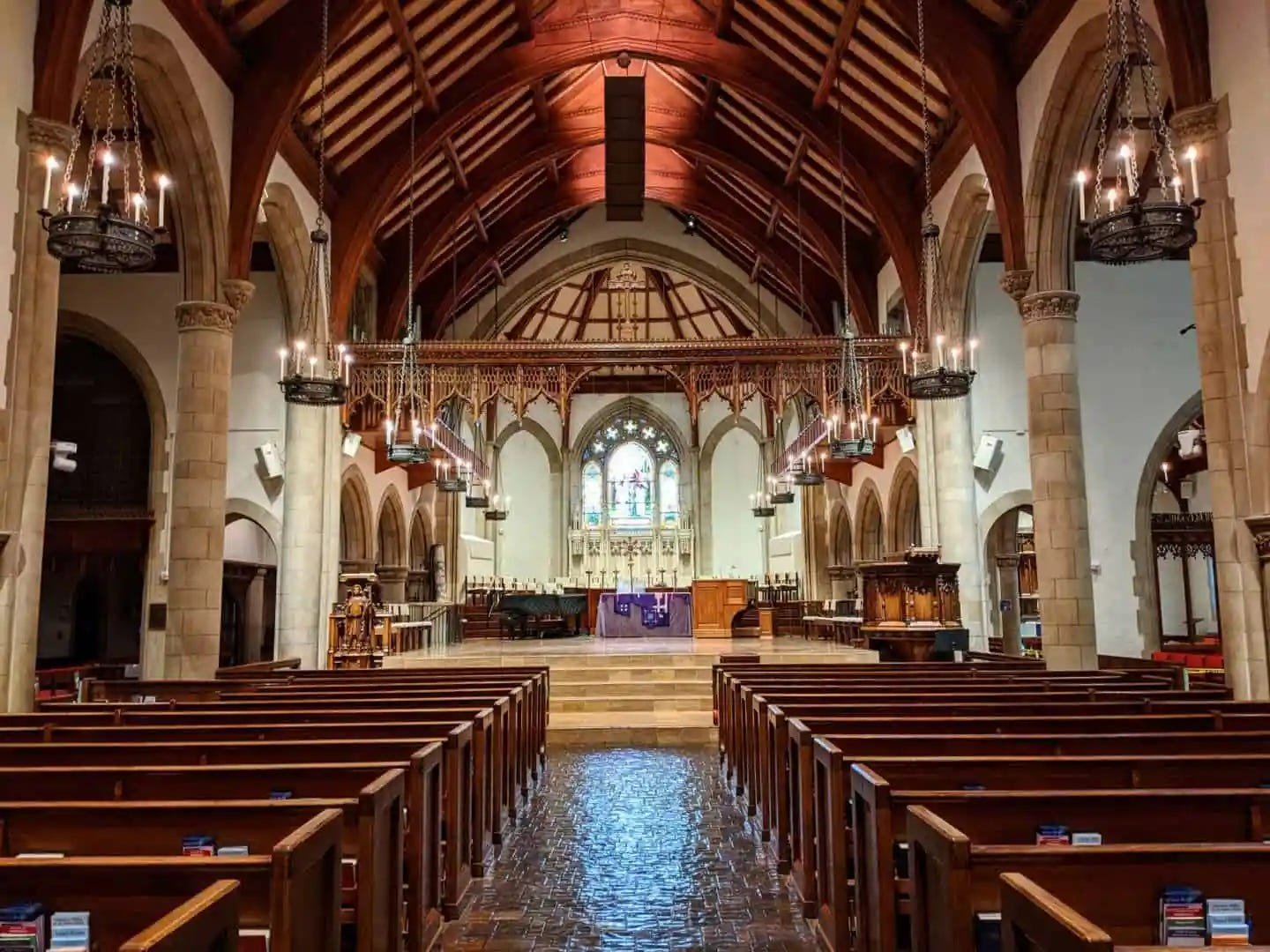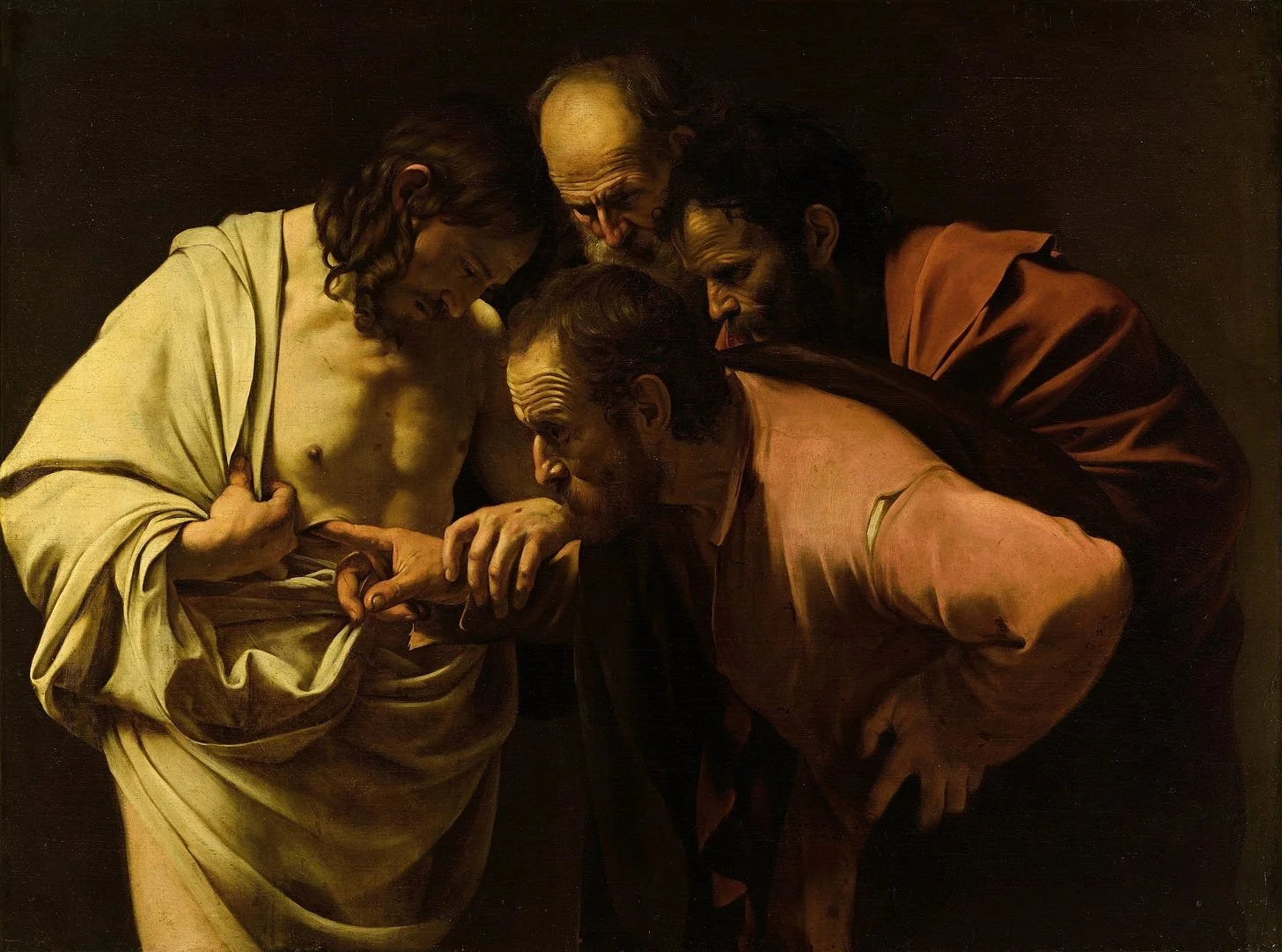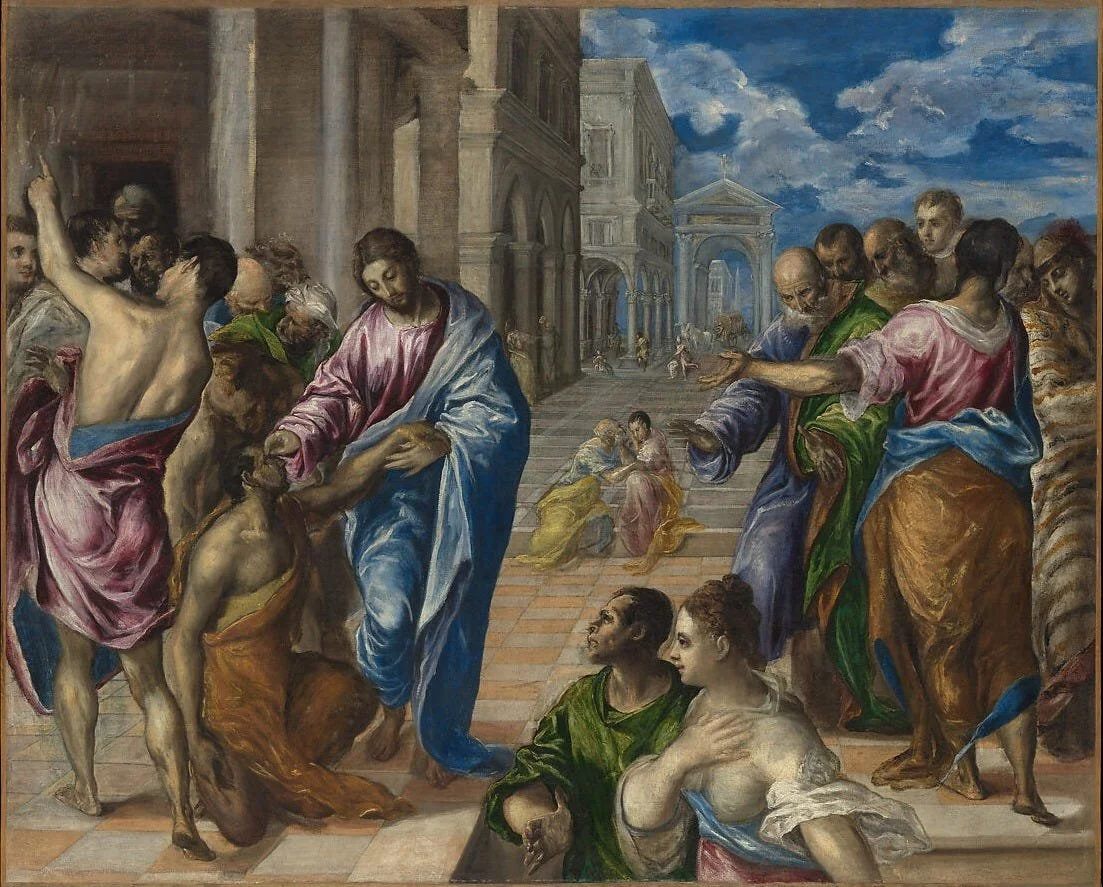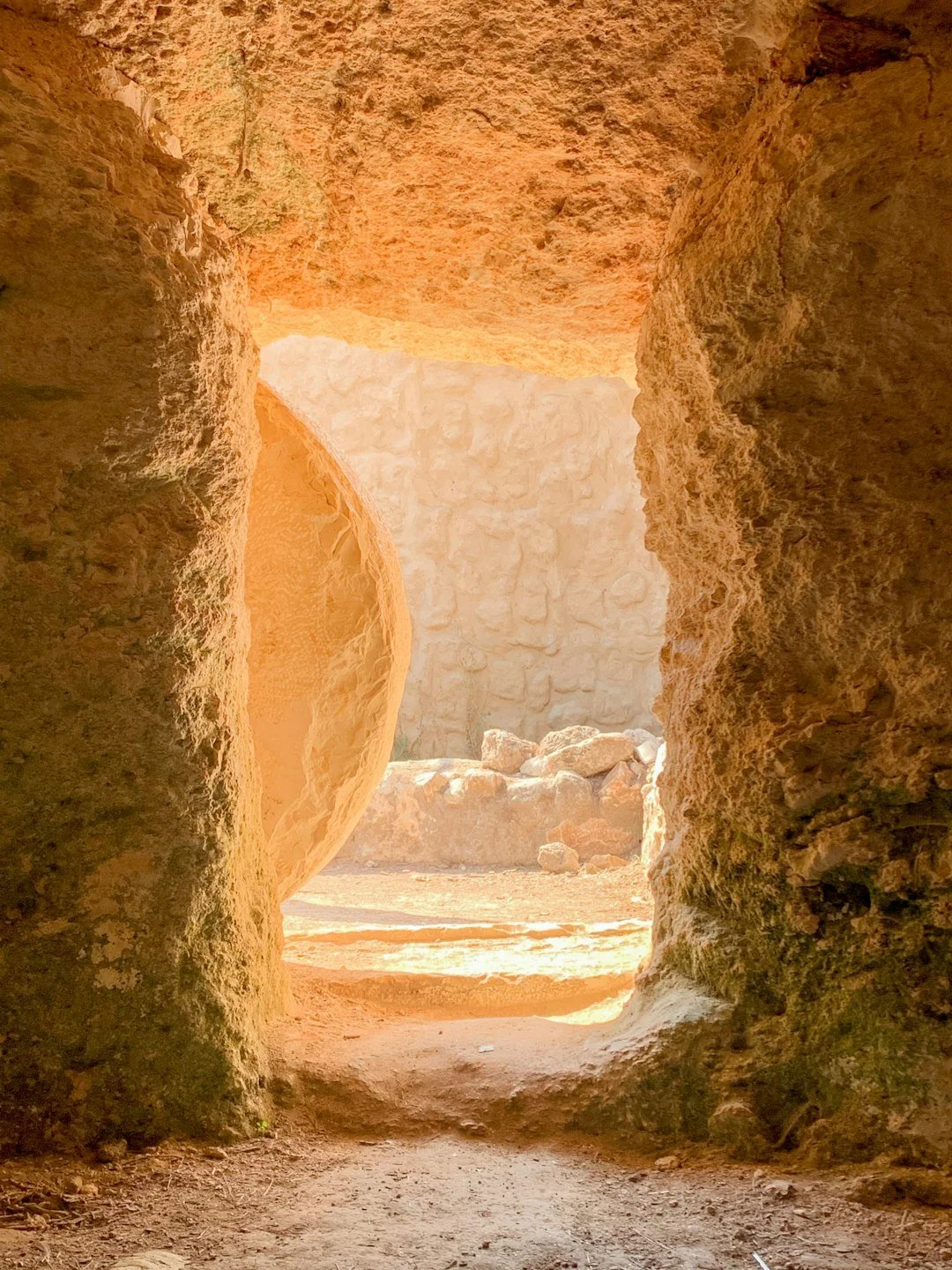I've been thinking about believing and not believing at the same time.
Our twenty-four-year-old son Jesse’s memorial service was held in the sanctuary of our parish, All Saints’ Church in Pasadena, California, late Saturday morning, January 15, 2000. An hour before the service, our extended family gathered in front of the columbarium in the tower of the church to place his ashes in a niche with his name and birth and death dates chiseled in gold into the white marble.
From that moment forward, this small square is for me the holiest place on earth. In the first years after his death, Becky and I would often climb the stairs, sometimes together, sometimes when only one of us was around the church, to touch the niche, tell him that we love and miss him and, in her case, leave a smudge of lipstick on his chiseled name. Though not as often as in those first few years, we still regularly visit that sacred spot, still talk with him, she still leaves a smudge.
BECOME A FREE SUBSCRIBER TO I’VE BEEN THINKING
Over the years, I’ve recognized my profound ambivalence and soul-deep attachment to this experience. On one hand, I believe he’s listening to us from some heavenly residence, nodding his assurance that he will watch over his niece and nephews as we ask him to do, responding to our words of love for him with assurance of his eternal love for each of us. In these same moments, he’s a pile of dead ashes four inches from my hand and I hope no one climbs the stairs and finds an old man gliding his thumb over birth and death dates while mumbling to the wall.
These two experiences: simultaneous, inseparable.
As another Easter approaches, I realize that this recurring experience with Jesse matches the ambivalence I feel about the resurrection of Jesus. Since I first encountered him as a boy and welcomed him into my heart, I’ve believed he is alive among us and when I die, eternal life awaits me as it awaited him. Now decades later, in the same moment that I believe he is alive I’m convinced the bones of Jesus are dust in an ancient grave site near Jerusalem, the same way Jesse is a dead pile of ashes.
With both Jesse and Jesus, I'm stuck with the same problem. On the one hand, I deeply believe that Jesse is alive in some eternal state and that Jesus is in fact the risen Lord. On the other hand, I know that Jesse is dead and the evidence for Jesus' resurrection does not persuade me. There are moments when my uncertainty leaves me feeling out of balance, but most of the time, I am comfortable with these divided convictions. In physics, scientists have discovered that photons and electrons can behave both as a wave and as a particle - a seeming impossibility that is nevertheless true. In the same way, I've learned to live with the apparent contradiction between my heart and my head.
I have a vivid memory of a moment about thirty years ago that changed my understanding of God. I’d spent my life searching the Bible, getting two master’s degrees in theology, questioning other believers and going deep into myself to demystify the mystery of God. I'd told myself that it was only my ignorance and lack of spiritual depth that kept me from succeeding in my quest. Then it dawned on me that mystery is not some fog between me and God; Mystery is who God is. God is fundamentally and intrinsically inaccessible to our minds, beyond our knowing.
Jesus’ resurrection is one of those events wrapped in just such mystery: it is an act of God that we are not able to understand or adequately explain. Its factual truth eludes me. It leaves me with the choice to believe or disbelieve it, or to acknowledge my uncertainty. This unknowable Mystery is at the center of the celebration of Easter and at the heart of the creeds that developed in the fourth century and still influence, indeed perhaps define, the Easter Jesus who is the object of faith for so many believers.
Most of the creeds define Jesus from this mystical resurrection perspective: I believe… in Jesus Christ, [God’s] only son, conceived by the Holy Spirit, born of the virgin Mary… He ascended into heaven and is seated at the right hand of God the Father almighty. From there he will come to judge the living and the dead. All of this assumes that Jesus is part of the Mystery of God, from his origin through his eternal station.
The Incredulity of Saint Thomas, Caravaggio (1601)
These days, I define myself not as a Christian or a Protestant – both are scuttled by scandal, or unacceptable orthodoxies, or a sense of superiority that I can no longer embrace – but as a person devoted to Jesus of Nazareth. Jesus at ground level is a person in history, that arena where we can know things with some confidence that they or something like them happened. It grieves me that the authors of those ancient creeds were so focused on the unknowable, inaccessible Easter Jesus that they skip through his entire life – all those stories that are the foundation of my faith – with this: he suffered under Pontius Pilate, was crucified, dead, and buried. He descended into Hell. That’s it. Not a single reference to all that he was and did in his illuminating public ministry. Only that he died, not that he lived such an exemplary life.
The stories in the four Gospels by and about him are a source of inspiration and instruction for me; I lean on them as reliable, life-bearing truth. His parables and his Sermon on the Mount are high points in the stories that have shaped the west for two millennia; his engagement with acceptable and unacceptable folks is a model of the empathic, inclusive communities we hope to create and live in; his daring challenge to both Jewish and Roman authorities is a model of courage that calls us to the highest moral behavior even in dire circumstances; his murder by crucifixion is a reminder that structures of power will kill off even the best of us to preserve their reign.
I’ve never had a vision of Jesus nor heard his voice, never been in touch with his eternal presence. For me, he lives now only in each of these stories. So I return to them because I trust them to be reliable depictions of this first-century Jewish rabbi and solid ground to stand upon whenever I find myself wandering into confusion or despair or (my own nemesis) impulsivity.
Christ Healing the Blind, El Greco (1570)
In the same way, it has been the stories about Jesse that persist for me. He shows up in my dreams occasionally, most often as the little boy we adopted when he was twenty-seven months old, sometimes when he was dating Kacie in high school and they hung out a lot in our kitchen. In all these years since his death, I have never heard his voice nor felt his presence in some mystical moment.
But what I do hang on to are memories and stories. As our extended family and friends gathered in our townhouse the week before his memorial service, people told their own stories of encounters with him. His high school and college friends told tales I’m sure Jesse had hoped we’d never hear, but which we cling to still. A few years after he died, Michelle, his girlfriend from that time, started a Facebook page titled Remembering Jesse Thyne, and to this day we read new stories from people we’ve never met who share their stories that keep him fresh and ever more vividly his weird and wonderful self. He has life after death in these stories.
Becky will sing in the choir on Easter morning, so before church we’ll climb the familiar stairs to the columbarium, talk to the sacred niche, run our thumbs over his birth and death dates, and she’ll leave a smudge. I’ll walk away with the ambivalence that now defines my faith: he listens to us, feels our love, sends his to us; he’s a pile of ashes a few inches from us, dead and gone. Then I’ll join in from my pew to sing words I hope are true but think are probably not: Jesus Christ is Risen Today, Alleluia.
Elective suffering, like Jesus' in the wilderness, is a different thing. Soldiers volunteer for deadly battle, parents endure danger and pain to keep their children from suffering, fire fighters run into burning buildings, our friend Zelda gave up a kidney to keep her brother alive, people with rare empathy give their time and comfort to work with the least of these – in these moments we choose our suffering because we believe it is worth the pain.
We have a higher purpose in mind: love of country, love of children, love of siblings, love of our fellow citizens, love of the human family. We endow suffering with meaning and therefore find ways to lean into it rather than away from it.
Here is a more serious model of what Lent could mean: not giving up drinking or favorite sports or even chocolate, but rather coming face to face with how we choose to use our power. We may not be able to turn a stone into bread, but we can - like Jesus - exercise the power we do have on behalf of the least of these to enhance the common good.
Perhaps reminding ourselves of this is the purpose of Lent; perhaps doing this is what it means to be a beloved child of our Creator.





